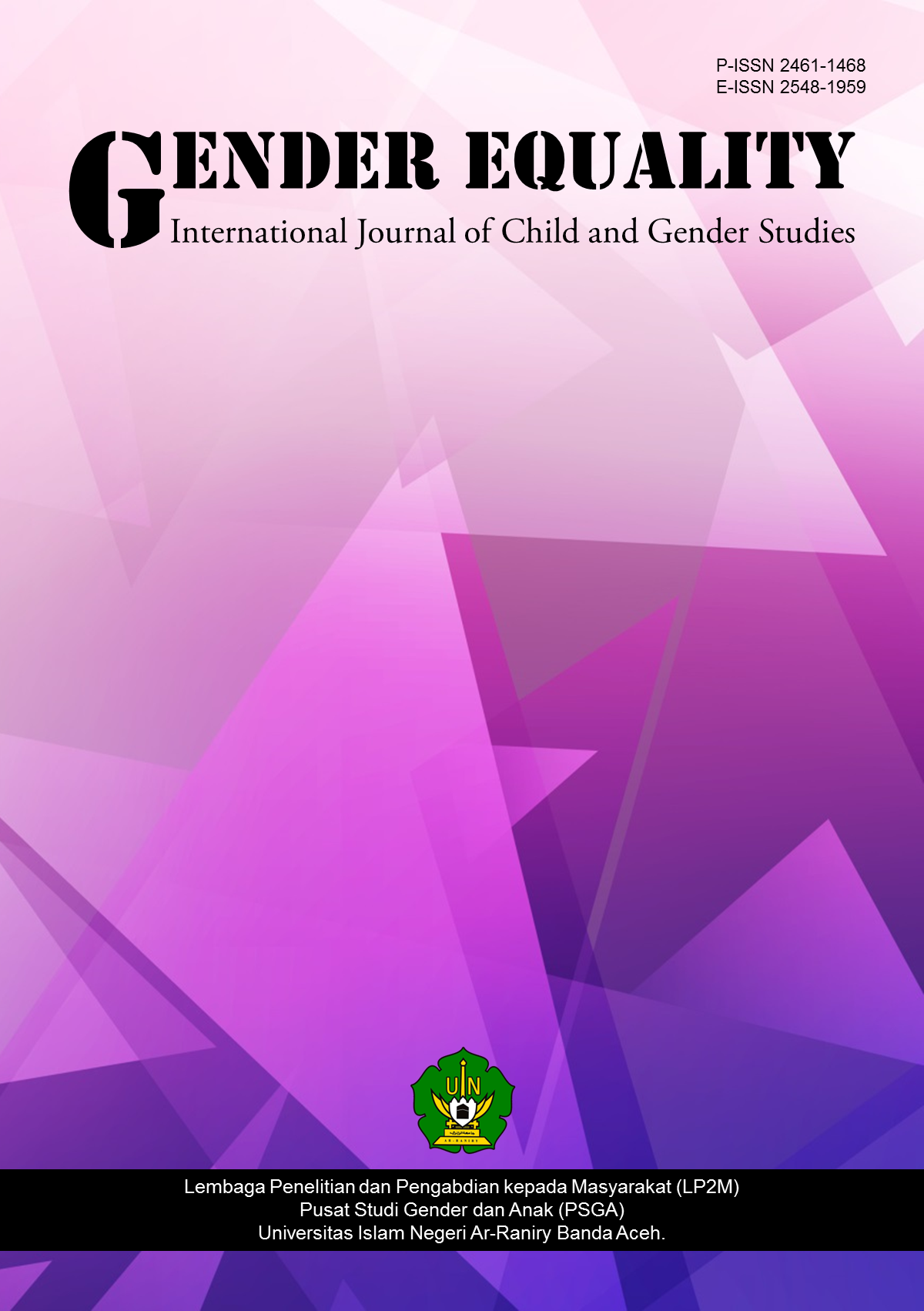Pengaruh Bahasa Ibu Pada Perilaku Anak (Kajian dari sudut pandang cara kerja pikiran)
DOI:
https://doi.org/10.22373/equality.v2i2.1459Keywords:
Influence, Mother, Behaviour, ChildAbstract
The mother is madrasah Å«lÄ for her children’s growth and development. The interaction between the mother and the son or the daughter starts since the child is still in her uterus. So, whatever the mother feels, thinks, and says, positively or negatively, will impact directly to the child’s behaviour. The research is developing on the influence of the languageused by the mother to the growth and development of the child, especially psychological development. This condition will inpact to his or her behaviour in the future. So, the mother has to learn continously some knowledges that relate to educating children until she can give positive influence and avoid negative one to their development. Because the mother is able to influence her children’s behaviour in different interactions verbal or gestural, she has to pay a lot of attention to the language patterns that she used in communicating with her children.Downloads
Published
Issue
Section
License
GENDER EQUALITY: International Journal of Child and Gender Studies allows the author(s) to hold the copyright and to retain the publishing rights without restrictions. Authors who publish with this journal agree to the following terms:
- Authors retain copyright and grant the journal right of first publication with the work simultaneously licensed under a Creative Commons Attribution License that allows others to share the work with an acknowledgment of the work's authorship and initial publication in this journal.
- Authors are able to enter into separate, additional contractual arrangements for the non-exclusive distribution of the journal's published version of the work (e.g., post it to an institutional repository or publish it in a book), with an acknowledgment of its initial publication in this journal.
- Authors are permitted and encouraged to post their work online (e.g., in institutional repositories or on their website) prior to and during the submission process, as it can lead to productive exchanges, as well as earlier and greater citation of published work.



